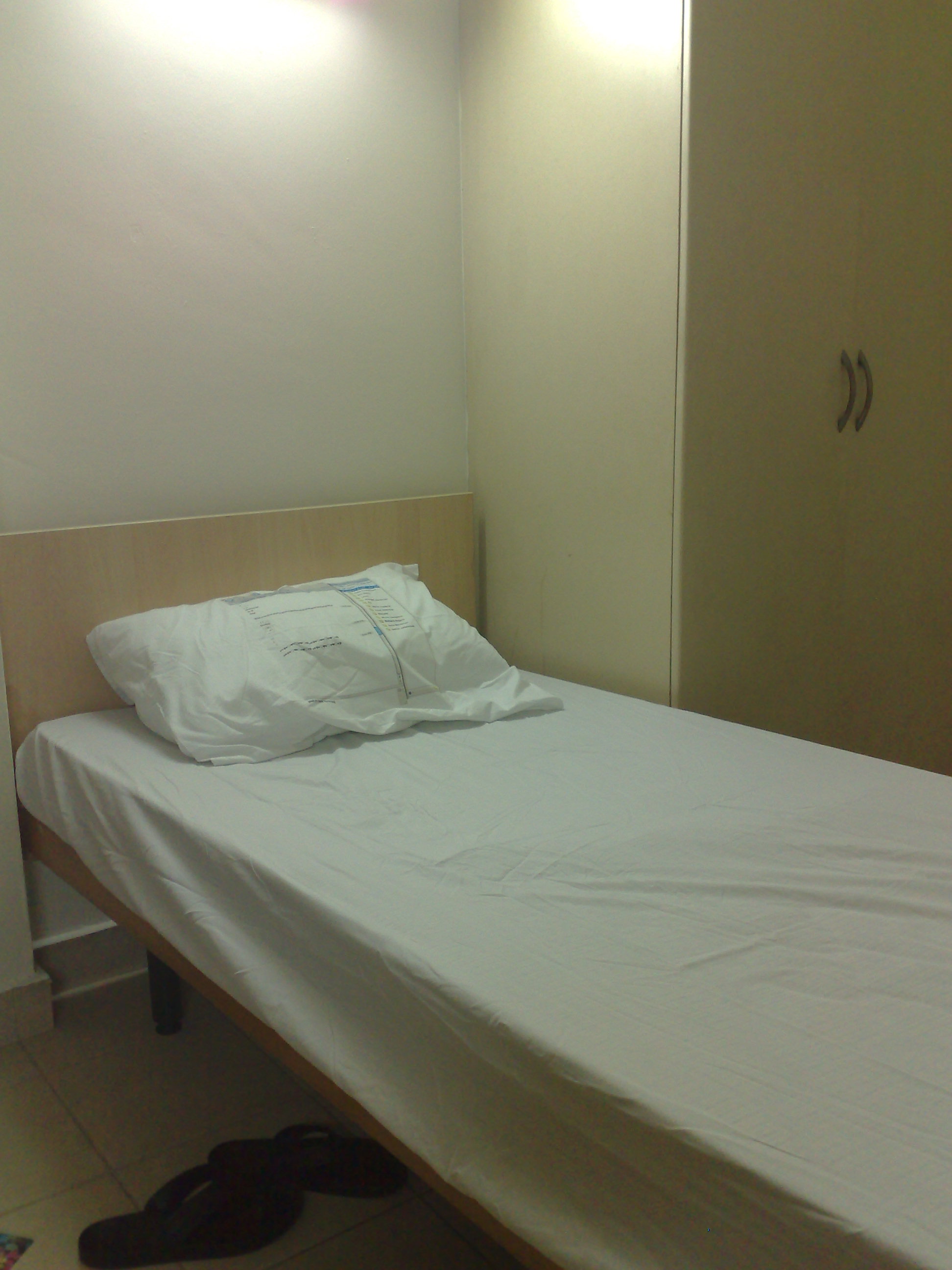
New guidelines have more teaching hospitals not only more carefully supervising new residents, but also shortening medical students’ hours; the goal is to promote and provide safety within the physician service sector, according to a recent press release.
Georgia Health Sciences University is among the institutions that has eliminated back-to-back resident shifts; medical students are limited to working 14-to-16 hour shifts, with at a minimum of 10 hours in between shifts.
“There is a larger emphasis on supervision, defining what direct and indirect supervision is, and who requires more supervision,” Dr. Walter Moore, GHSU‘s Senior Associate Dean for Graduate Medical Education and Veterans Affairs.
“The idea is that levels of responsibility progress with training, meaning that residents near the end of their training have more supervisory responsibilities over less-experienced residents,” Moore continued. “Residency programs are typically three to seven years long, which makes [residents] more capable of functioning with less and less supervision.”
The new requirements are also aimed at improving patient care and safety – with attempts to standardize patient hand-offs when shifts end and to minimize resident fatigue, which ideally will reduce medical errors, as stated in the release.
“A 2008 Institute of Medicine report that tied duty hours to quality and safety for physicians and patients showed that medical errors are most frequent between shift changes when patient care is shifted from one care provider to another,” Moore said.
